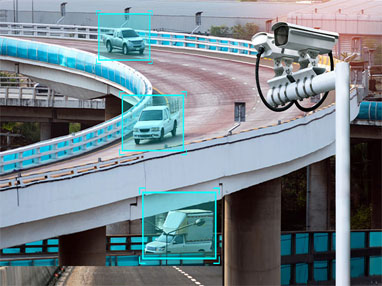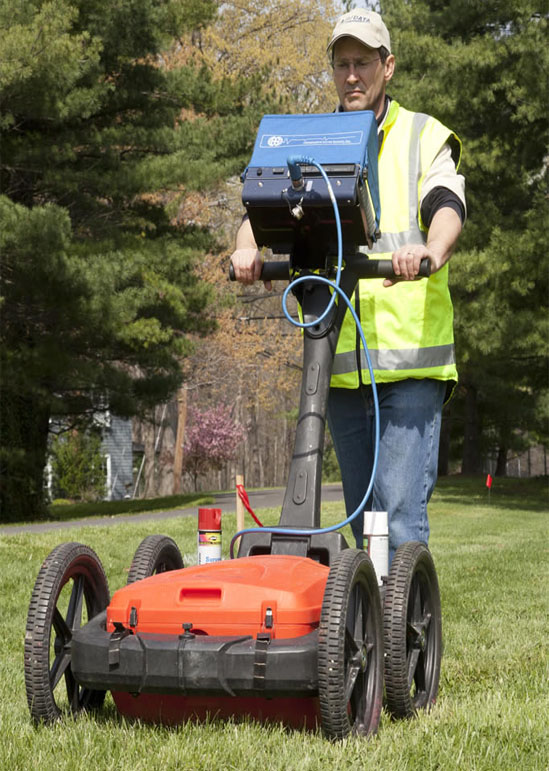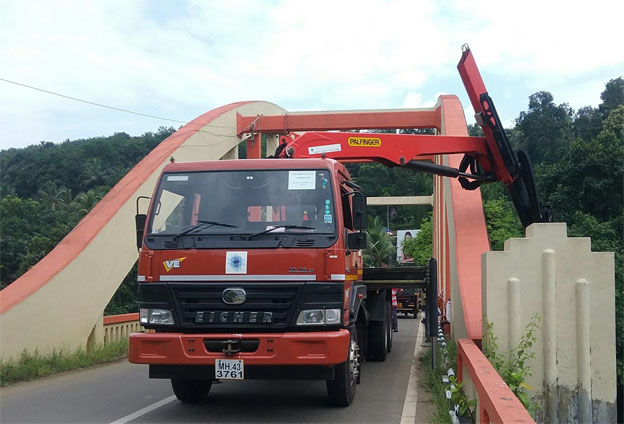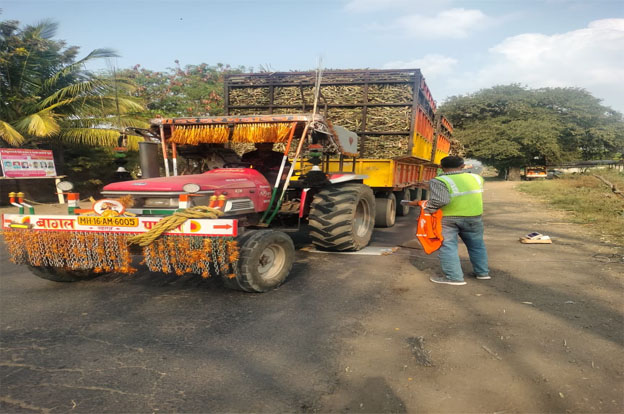In addition to serving as a biorepository and distributor, ATCC provides specialized services as a biological resource center. Individuals and groups can employ a safe deposit service for their own cell cultures, providing a secure back-up for valuable biomaterials if required. ATCC also is able to retain secure samples of patented materials and distribute them according to instructions and approval of the patent holder. ATCC also provides biological repository management services to institutions, agencies and companies wishing to outsource the handling of their own culture collections.[3] ATCC also manages BEI Resources, who provides reagents, tools and information needed in research on microbes.[4
A Video-based Automatic Traffic Counter and Classifier (ATCC) is a standalone ATCC system based on neural network/map matching technique. It gathers real-time traffic data, including vehicle count, classification, traffic volume, average traffic speed, time headway, direction of travel and occupancy. Our system can count and classify vehicles up to five classes:

Ground-penetrating radar (GPR) is a geophysical method that uses radar pulses to image the subsurface. It is a non-intrusive method of surveying the sub-surface to investigate underground utilities such as concrete, asphalt, metals, pipes, cables or masonry. This nondestructive method uses electromagnetic radiation in the microwave band (UHF/VHF frequencies) of the radio spectrum, and detects the reflected signals from subsurface structures. GPR can have applications in a variety of media, including rock, soil, ice, fresh water, pavements and structures. In the right conditions, practitioners can use GPR to detect subsurface objects, changes in material properties, and voids and cracks
Engineering applications include nondestructive testing (NDT) of structures and pavements, locating buried structures and utility lines, and studying soils and bedrock. In environmental remediation, GPR is used to define landfills, contaminant plumes, and other remediation sites, while in archaeology it is used for mapping archaeological features and cemeteries.
A falling weight deflectometer (FWD) is a testing device used by civil engineers to evaluate the physical properties of pavement in highways, local roads, airport pavements, harbor areas, railway tracks and elsewhere. The data acquired from FWDs is primarily used to estimate pavement structural capacity, to facilitate overlay design or determine if a pavement is being overloaded. Depending on its design, a FWD may be contained within a towable trailer or it may be built into a self-propelled vehicle such as a truck or van. Comprehensive road survey vehicles typically consist of a FWD mounted on a heavy truck together with a ground-penetrating radar and impact attenuator.
PALFINGER bridge inspection units have been successfully used on a large number of railway ve-hicles, 2-way vehicles and road vehicles for many years. They stand out by virtue of a particularly large operating range both above and below track level. Equipped with electrical, hydraulic and pneu-matic energy in the workman baskets, these units can also be used for taking material samples and for carrying out light repair work.
AAKASH GROUP offers expertise and technical excellence from conception to completion for the technical feasibility and value engineering services in the field of Highways. We own and possess the latest equipment & technology as mentioned below;
- Project Identification
- Detailed Reconnaissance
- Project Appraisal and Due-Diligence
- Road Inventory and Structural Inventory
- Traffic and Engineering Surveys
- Automatic Traffic Counter and Classifier (ATCC), Videography
Traffic Surveys with latest technology like
Pavement Investigation studies using latest technology like
- Network Survey Vehicle (NSV)
- Roughness survey using Laser Profilometer
- Ground Penetrating Radar (GPR)-for assessment of Underground Utilities
- Falling Weight Deflector meter (FWD)
- Benkelman Beam Deflection (BBD)
- Roughness Survey using 5th Wheel Bump Integrator (BI)
- Axle Load
The axle load of a wheeled vehicle is the total weight bearing on the roadway for all wheels connected to a given axle. Axle load is an important design consideration in the engineering of roadways , as both are designed to tolerate a maximum weight-per-axle (axle load); exceeding the maximum rated axle load will cause damage to the roadway
Mobile Bridge Inspection Unit (MBIU)
Road Sign boards testing
Road line Marking testing
Geotechnical Investigations
- Drilling and Sampling
- Hydraulic Rig
- Field Permeability Test
- Standard Penetration Test (SPT)
- Dynamic Cone Penetration Test (DCPT)
- Plate Load Test
- Pile load Test,
- Bridge load/Proof load Test
- NDT (Non-Destructive Test)-Rebound Hammer, UPV (Ultrasonic Pulse Velocity), Profometer & Resistivity meter
- Traffic Studies and Projections
- Material Investigations (In-situ & Laboratory Tests)
- Pavement Design
- Pavement Management and Maintenance
- Construction Supervision
- Quality Control and Quality Assurance
- Technical Audit
- Road Safety Audit
- Pre-tendering Traffic and Engineering Services
- Design Reviews and Value Engineering
- Pre-Feasibility and Feasibility Studies
- Detailed Project Report (DPR) preparation.




